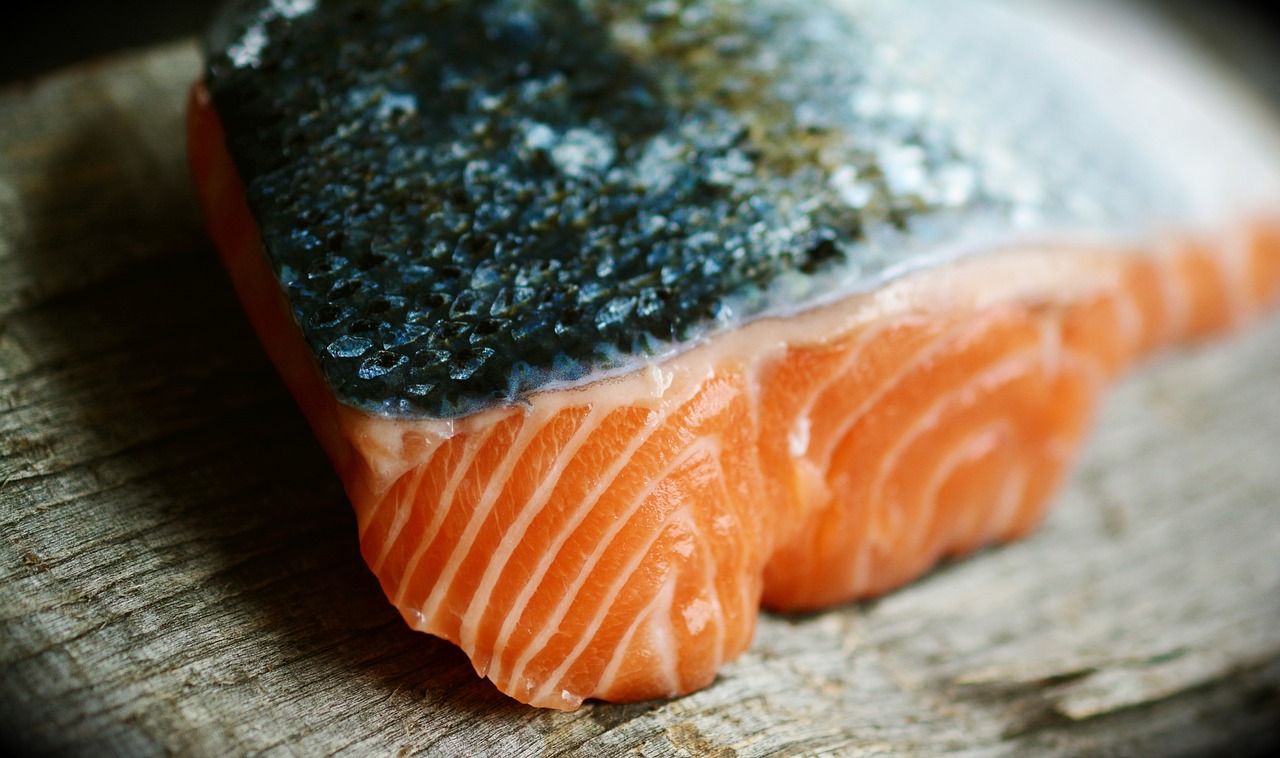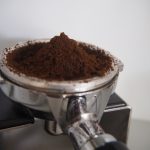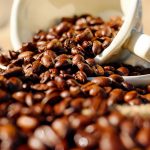Navigating the intricacies of food storage, particularly when it comes to seafood, can be a daunting task fraught with questions of safety, quality, and nutritional integrity. Cooked salmon, with its rich omega-3 fatty acids and delicate flavor, stands as a staple in the diets of health-conscious individuals and gourmet aficionados alike. However, the perishable nature of salmon raises crucial considerations regarding its shelf life once cooked. “How Long Does Cooked Salmon Last in the Fridge?” is not just a query—it’s a gateway to understanding the balance between preserving the freshness of this nutritious fish and ensuring food safety in your kitchen.
In this comprehensive guide, we delve deep into the science of food preservation, drawing on expert advice and the latest research to provide you with accurate, actionable information. Our exploration is designed not only to answer the titular question but also to equip you with the knowledge to optimize the storage of cooked salmon, thereby extending its life and preserving its quality as long as possible. We address common misconceptions and offer practical tips on signs of spoilage, the impact of storage methods, and the role of temperature management in prolonging the edibility of cooked salmon.
By establishing a foundation of expertise on the topic, this article aims to empower readers with confidence in their food handling practices. It’s an essential read for anyone from the casual cook to the culinary professional, promising to enhance your understanding of food safety principles and inspire greater appreciation for the art of preserving the freshness and flavor of cooked salmon. Join us on this informative journey, and transform the way you think about storing one of the ocean’s most prized offerings in your refrigerator.
The Nutritional Benefits of Salmon

Salmon is one of the most nutritious fish you can buy. Here are some of the top nutrients and health benefits salmon provides:
Omega-3 Fatty Acids
- Salmon is rich in the omega-3 fatty acids EPA and DHA.
- These healthy fats support brain, eye, and heart health.
- Omega-3s also help reduce inflammation in the body.
High-Quality Protein
- Salmon contains over 20 grams of protein per 3 ounce cooked serving.
- The protein in salmon helps build and repair tissues in the body.
- Salmon protein is easily digested and utilized efficiently.
Vitamins and Minerals
- Salmon is an excellent source of Vitamin B12, niacin, selenium, and potassium.
- These nutrients help regulate metabolism, nerve function, blood pressure, and muscle control.
Overall Health Benefits
- Eating salmon benefits cardiovascular health by improving blood lipids and lowering blood pressure.
- Salmon may help preserve brain function and delay cognitive decline.
- The anti-inflammatory effects of salmon can alleviate joint pain and reduce autoimmune reactions.
Clearly, incorporating salmon into your diet provides major health perks!
Wild vs. Farmed Salmon
Salmon can be broadly divided into two categories: wild caught or farm-raised. Here is how the two types compare:
| Attribute | Wild Salmon | Farmed Salmon |
| Habitat | Open oceans | Contained pens |
| Diet | Other fish, krill, plankton | Formulated feed |
| Fat content | Lower in fat | Higher fat content |
| Omega-3s | Higher in omega-3s | Lower omega-3 levels |
| Contaminants | Low contaminant risk | Potential for higher contaminants |
| Price | More expensive | Lower cost |
| Supply | Limited, seasonal availability | Available year-round |
| Taste | Leaner texture, more “fishy” flavor | Higher fat content, milder flavor |
| Color | Natural reddish-orange hue | Often dyed pinkish-orange |
Both wild and farmed salmon are healthy options. But wild salmon generally provides more omega-3s and fewer contaminants. Try to incorporate wild-caught salmon into your diet when possible.
Pre-Storage Considerations
To make the most out of the salmon you purchase, it pays to start with the highest quality fish. Use these tips when selecting salmon to store:
Inspecting Salmon Before Purchase
- Check the sell-by date – Make sure the date hasn’t passed.
- Give it a sniff – Fresh salmon has a mild scent, not fishy or unpleasant.
- Assess the eyes – They should be clear and not sunken.
- Look at the gills – They should be bright red, not brown or slimy.
- Check the texture – The flesh should bounce back when pressed and not indent.
Choosing fresh, sushi-grade salmon whenever possible ensures higher nutrient levels and better storage.
Comprehensive Storage Guide
Proper storage is key to preserving the freshness and nutritional content of salmon. Follow these best practices based on the state of your salmon.
Storing Raw Salmon
In the Fridge
- Place salmon on a plate or in a container.
- Keep it towards the back, where temperatures are coldest.
- Raw salmon will keep for 2-3 days max in the fridge.
In the Freezer
- Pat salmon dry and wrap tightly in plastic wrap.
- Place in freezer bag, removing excess air.
- Frozen salmon keeps for 2-3 months before declining in flavor and texture.
Storing Cooked Salmon
- Store cooked salmon in an airtight container.
- Keep for 3-4 days in the refrigerator.
- Freeze for up to 2-3 months for longer storage.
Storing Smoked Salmon
- Keep refrigerated until the use-by date if packaged.
- Once opened, tightly wrap and use within 3-5 days.
- Frozen smoked salmon will maintain quality for 1-2 months.
Advanced Storage Techniques
Using the following techniques can extend the shelf life of your salmon even further:
- Vacuum seal – Vacuum sealing removes oxygen and prevents freezer burn. Salmon can last 4-6 months or longer when vacuum sealed.
- Brine before freezing – A saltwater brine makes the salmon moist and flavorful when thawed.
- Marinate before freezing – Marinating imparts flavor and keeps the salmon juicy when frozen.
Salmon Safety and Quality
To enjoy the health benefits of salmon, it’s vital to store and handle it properly. Here’s what to look for to identify salmon that’s gone bad:
How to Tell When Salmon Is Bad
Raw salmon
- Fishy, ammonia-like odor
- Slimy texture and discoloration
- Dull, faded flesh
Cooked salmon
- Unpleasant sour or sulfurous odor
- Dry, flaky flesh
- Mold growth
Smoked salmon
- Slimy, slippery consistency
- White film buildup
- Rancid smell
Discard any salmon with these traits!
Risks of Improper Salmon Storage
Consuming spoiled salmon can cause foodborne illnesses. Here are some concerns:
- Salmonella – Raw or undercooked salmon may contain this bacteria. Proper cooking kills salmonella.
- Listeria – Ready-to-eat smoked salmon is at risk for listeria when stored improperly. This bacteria is dangerous for pregnant women.
- Histamine poisoning – Frozen salmon that has been thawed and refrozen can accumulate high histamine levels, causing illness.
Properly handling salmon prevents these risks!
Thawing and Reheating Salmon
Thaw frozen salmon safely and reheat it properly to preserve quality:
- For thawing, leave salmon in the fridge overnight. Do not thaw at room temperature.
- When reheating, cook to 145°F or until flaky. Reheat only once.
- Microwave reheating is not recommended, as it makes the salmon dry.
Cooking and Consumption
Now let’s look at how to cook and eat that salmon you stored with care!
Cooking with Stored Salmon
- Frozen salmon works beautifully in chowders, casseroles, and other dishes. No need to thaw first!
- Brined salmon grills up moist and flavorful. Go wild with seasoning combinations.
- Refrigerated raw salmon takes marinades extremely well. Let it soak 1-2 hours before cooking.
- Flake refrigerated cooked salmon into pastas, salads, and tacos for easy weeknight meals.
Health and Safety Best Practices
- Cook salmon to 145°F minimum to kill any potential bacteria. Use a food thermometer for accuracy.
- When serving raw or undercooked salmon, know your source and freeze first if concerned.
- Leftover cooked salmon should be discarded after 4 days in the fridge at most. Don’t chance it!
Sustainability and Ethical Considerations
Beyond health and safety, it’s important to make sustainable salmon choices that keep fish populations and the planet healthy.
Choosing Sustainable Salmon
Look for salmon certified by:
- Marine Stewardship Council (MSC)
- Best Aquaculture Practices (BAP)
These labels indicate responsible fishing and farming methods.
Impact of Salmon Consumption on the Environment
Salmon farming can have negative effects like pollution and escaped fish mixing with wild salmon. Support companies taking steps to improve sustainability.
In moderation, wild salmon can be an environmentally smart choice for a healthy protein source. Just be sure to follow regulations on size limits and quantities.
Conclusion
Summary of Key Takeaways
- Salmon provides omega-3 fatty acids, high-quality protein, vitamins, and minerals.
- Opt for wild salmon when possible for fewer contaminants and more omega-3s.
- Store raw salmon for just 2-3 days in the fridge, or freeze for 2-3 months.
- Cooked and smoked salmon also have short fridge life—freeze for longer storage.
- Discard spoiled salmon; it can cause foodborne illness if consumed.
- Thaw frozen salmon in the fridge before cooking to 145°F.
Encouragement to Experiment
Hopefully this guide has shattered any intimidation about selecting, storing, and cooking salmon. Feel empowered to expand your salmon horizons! Test out new marinades, cooking methods, and serving ideas. Let salmon become a nutritious protein staple your whole family enjoys.
Frequently Asked Questions
How can you tell if frozen salmon has freezer burn?
Salmon with freezer burn will have dry, shrunken flesh and a dull color. The edges may appear tan or brown. Trim any freezer-burned portions before cooking.
Is it safe to cook salmon directly from frozen?
Yes, you can safely cook frozen salmon in soups, casseroles, and other dishes without thawing first. Just increase the cooking time slightly.
Can you refreeze salmon after thawing?
It is not recommended to refreeze thawed salmon. However, if absolutely necessary, only do so once, and cook the salmon immediately when thawed again
Susan Muskat is a professional chef with over 25 years of experience in the culinary industry. After working in some of the most prestigious restaurants in the world, she opened her own restaurant, Moose and Sadie’s, which quickly became a local favorite. Susan is also the author of a blog all about recipes, guidelines, cooking tips, and knowledge from professional chefs. She loves nothing more than sharing her passion for food with others.








